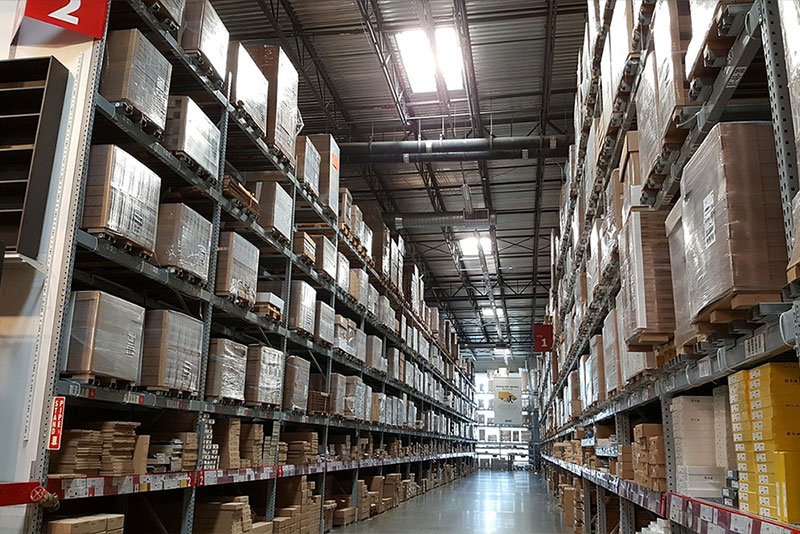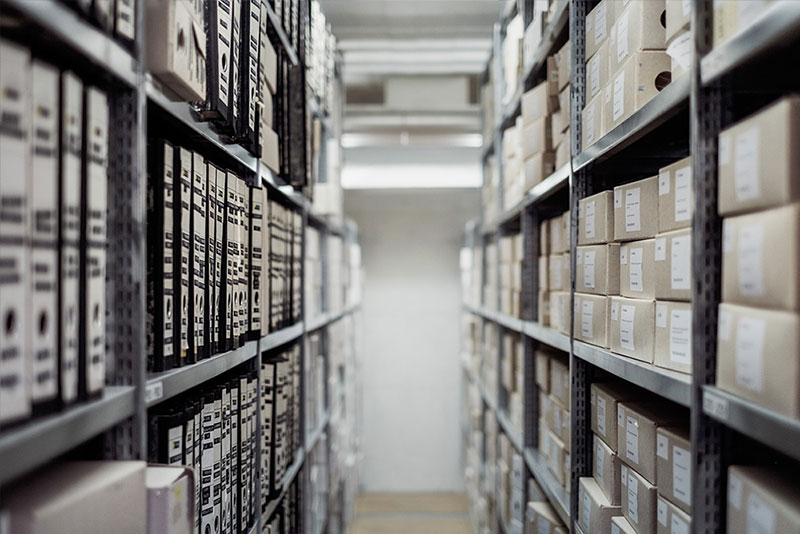When it comes to handling pharmaceutical products in the United States, strict adherence to warehousing requirements is crucial. These regulations are in place to ensure the safety, efficacy, and integrity of medicines throughout their journey from production to distribution and ultimately to the patient.

What are the warehousing requirements for pharmaceutical products in the USA? These guidelines encompass several key aspects:

1. **Storage Conditions:** Pharmaceutical products often require specific storage conditions such as temperature and humidity control to maintain their stability and potency. Warehouses must have adequate facilities and equipment to monitor and regulate these conditions continuously.

2. **Security Measures:** Due to the sensitive nature of pharmaceuticals, warehouses must implement stringent security protocols. This includes controlled access systems, surveillance cameras, and inventory tracking to prevent theft, tampering, or unauthorized access.
3. **Good Distribution Practices (GDP):** In the USA, adherence to Good Distribution Practices is mandatory. This includes proper documentation, transportation under controlled conditions, and maintaining a robust quality management system throughout the supply chain.
4. **Compliance with FDA Regulations:** The Food and Drug Administration (FDA) regulates pharmaceutical warehousing in the USA. Warehouses must comply with FDA guidelines regarding storage, handling, and distribution practices to ensure product safety and compliance.
5. **Quality Assurance:** Continuous quality assurance measures are essential. This involves regular inspections, audits, and adherence to standard operating procedures (SOPs) to detect and mitigate any potential risks to product quality.
Meeting these warehousing requirements not only ensures compliance with regulatory standards but also contributes to maintaining the efficacy and safety of pharmaceutical products throughout their lifecycle.